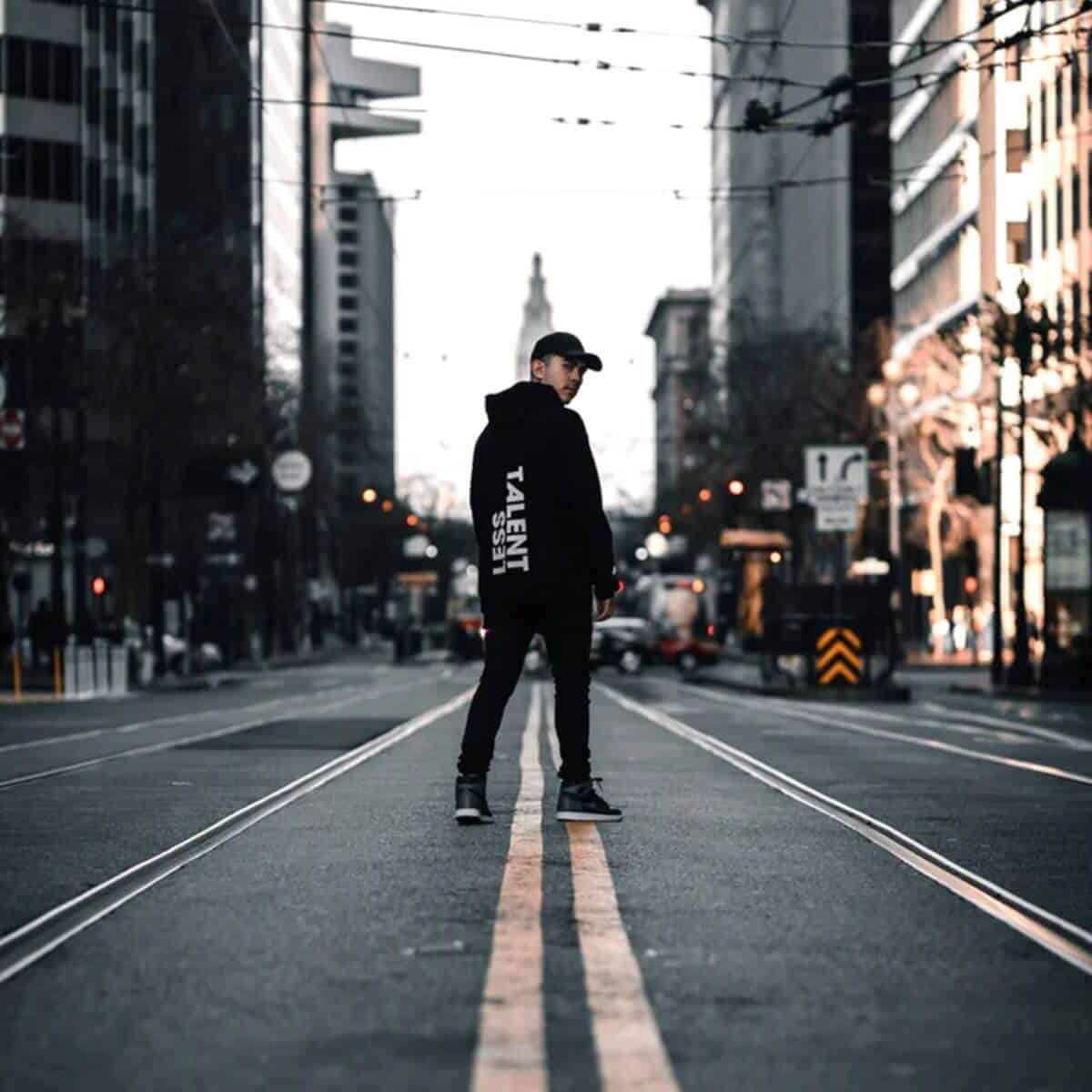One of the most powerful compositional tools in photography are leading lines. A leading line paves a path for a viewer to follow to a point of interest.

What are leading lines?
Leading lines are one of the most effective tools to use when you’re composing an image. It’s used to guide a viewer’s eyes throughout the image and leads to the point of interest.
Related: How to use the rule of thirds
Some lines are obvious, while others are subtle. They can be vertical, horizontal, diagonal, parallel, or curved lines. The lines can be of any shape, as long as they lead to the main subject.
The reason why this technique is so powerful is that it creates movement and makes a strong visual impact. When a viewer is following a line, it gives a feeling of motion and connects one part of the photo to another.
Related: 32 creative graduation photoshoot ideas
How to find a line

They’re found in nature and cities. Regardless of where you are, there are ways to utilize the lines around you.
The most common types are roads, horizons, buildings, walls, and rivers. They don’t need to be perfectly straight or symmetrical, as long as they guide a viewer, it works.
Related: What’s shape and form in photography?
Once you’ve identified your lines of choice, create a visual journey for your viewer to follow, which leads to your main subject. You can also create depth by positioning the lines from the foreground to the background.
What not to do
Leading lines are beneficial. However, it’s possible to misuse them. When you’re using lines in your image, ask yourself where the lines lead.
Whenever you use this technique, the lines must lead to your main subject or point of interest. If the lines lead a viewer out of the frame or to nowhere, you’re not using it properly.
Related: Low-angle shot: Why and how it’s used
Conclusion

Leading lines are powerful tools to make your photos look better. It should always point to your main subject and nowhere else. By using this technique, you’ll take your photos to the next level.
To learn more about the basics of portrait photography, take our course, the Portrait Photography Masterclass.
More resources:
Featured photo courtesy of Unsplash.
